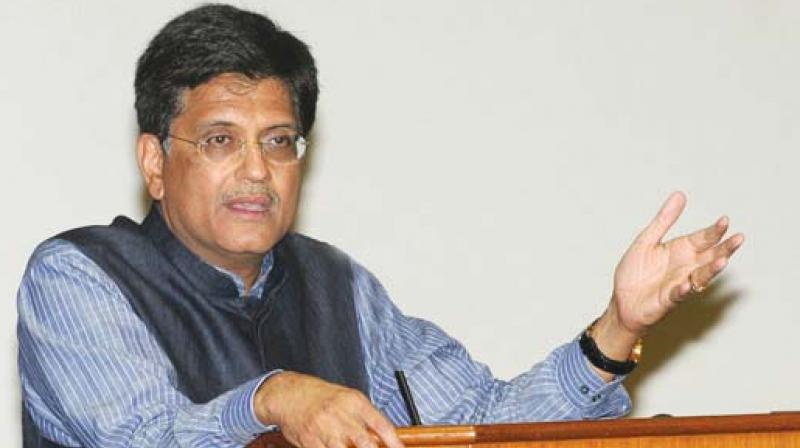Consumption, GST fall an urgent warning sign

Railway minister Piyush Goyal, who had also handled the finance, commerce and industry portfolios, had earnestly advised people against getting into the maths of economic growth and that “past knowledge” was not always a real guide of the future outcomes. The recent turn of events, however, seems to indicate that consumer psychology, too, is going against the government’s attempts to portray an “all is well” picture of the Indian economy. The government’s decisions to boost the economy do not seem to have started working on the ground yet.
While the Goods and Service Tax (GST) collection — which touched a 19-month low of `91,916 crores in September — not seen since February 2018 — reflects a generally subdued consumption level, automobile sales indicate the depth of consumer distrust in the “all is well” line. Manufacturers of both cars and motorcycles have posted a one-fifth fall in sales in September. While the government could blame millennials for their lack of interest in owning four-wheelers, the declining motorcycle sales indicate a generally subdued consumer sentiment in both urban and rural markets. The sales of major commercial vehicle manufacturers —considered a barometer of economic activity and hence growth — plummeted nearly 50 per cent, highlighting the general slowdown in industrial activity.
Though the government’s decision to lower the corporate tax rate has aimed at nudging companies to pass on the benefit to consumers — to boost sales or to plough back the savings towards capital expenditure — economists believe that the measure is unlikely to have the desired impact. That is due to the poor demand scenario across sectors. With rating agencies downgrading the credit profile of more companies, the saving on corporate tax could in fact get transferred to interest payments rather than funding new expansion projects. A contraction in core sector growth — for the first time in the last four years — will have a ripple effect on overall industrial growth.
The fragile health of the banking sector, which serves as the crucial lubricant for the economy, makes the recovery of industry and consumer sentiment even more difficult. As Niti Aayog vice-chairman Rajiv Kumar said last month, distrust among corporates, non-banking financial companies (NBFCs) and banks appear to be unprecedented. Failing NBFCs and declining credit ratings of companies are making banks shudder at the prospect of the piling up of a second round of bad debts. Despite steps to boost affordable housing, the real estate sector — one of the growth engines of the economy — continued to sit on an unsold inventory of $22 billion, as the issue of poor demand for luxury housing and regulatory bottlenecks remains unaddressed. Any further deterioration in the health of realtors could send shivers down the spines of already-worried bankers.
With problems in different sectors of the economy manifesting in the slowdown of the overall economy and the global scenario unlikely to be conducive in the near future, the central government should take concerted action along with state governments to remove regulatory bottlenecks in the economy. Or else, the economic slowdown could snowball into massive joblessness in a country with the world’s largest young population and global distrust in India’s growth story.

